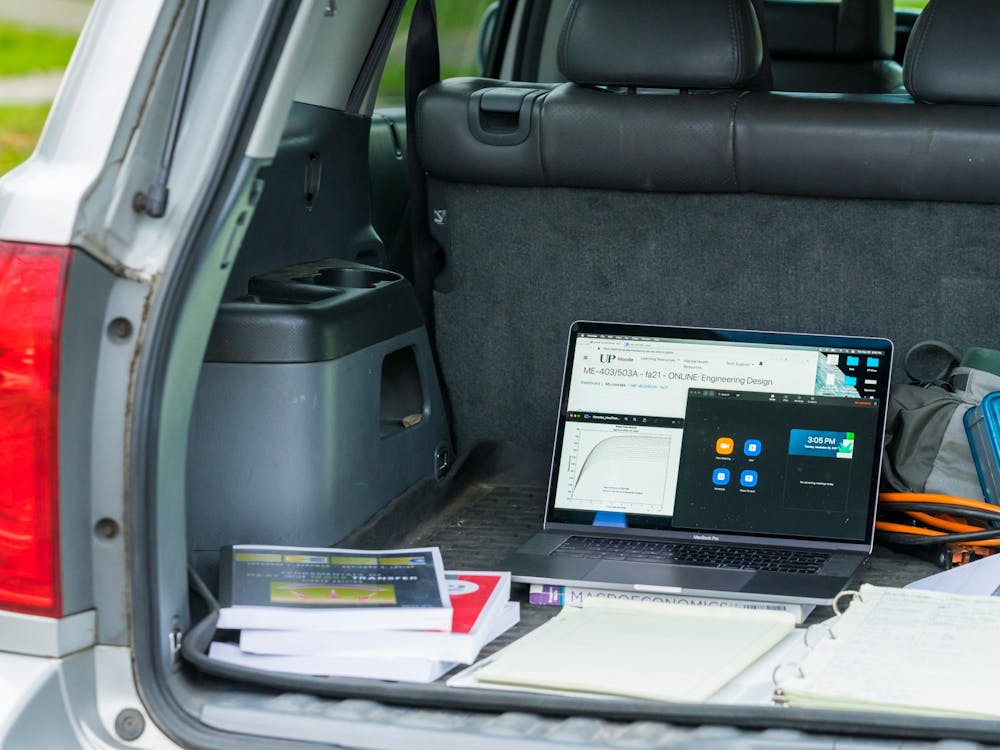By The Beacon's Editorial Board
Here in the U.S. the major earthquakes that have happened in the past few of years have seemed far away from us. We may have contributed to charities that support the relief effort or seen pictures on the news, but it is difficult to wrap your head around the devastation in places like Haiti, Chile and Japan.
For many of us, these are places we have never been and may never go, but the natural disasters that have occurred in these far-off destinations should teach us a lesson at home.
The lesson is old, and one the Boy Scouts have made immortal: Always be prepared.
Not to be Debbie Downer, but here in the Pacific Northwest we have reason to fear earthquakes like the one Japan has just experienced.
The exact same type of fault line, called a subduction zone which caused the earthquakes in Japan and Chile, is present right here the Pacific Northwest.
This fault line would be the cause of what anyone who has taken Coach Bob's natural disaster class knows as "the big one." Namely a giant earthquake that has been expected to hit the Pacific Northwest for many years, one similar to the 9.0 earthquake that happened in this region 311 years ago.
These large earthquakes are usually spaced between 250 and 500 years apart from each other, so we are now in a window in which one is likely to occur.
It may surprise many who have seen footage of the recent devastation in Japan that the country was considered highly prepared for an earthquake of this magnitude. Japan is considered an eight out of 10 in preparedness, while the U.S. is considered a five.
Portland is one of many cities with old buildings that are not retrofitted to withstand large quakes. According to The Oregonian, in 2010 half of Oregon schools were considered high risk for collapsing during an earthquake of large magnitude.
At UP, we should be taking as many precautions as possible, like bolting down large furniture that could shift in a quake. The school currently has an earthquake response plan in place including stored food, water and supplies for up to three days.
UP has done well so far in preparing for emergency response. But they should go even further to ensure that all of the older buildings on campus are properly retrofitted to withstand a quake of great magnitude.
The fact is that in the last few years we have been given more than enough examples of the amount of devastation large earthquakes can cause. There is simply no excuse not to take action to make our city and our university as safe as possible, especially given the region's risk.
Despite the great amount of devastation that occurred in Japan, many more lives would have been lost had the country not been so prepared.
So instead of wringing our hands and talking doomsday about the risks, let's prepare for the worst and hope for the best.







